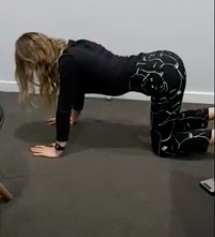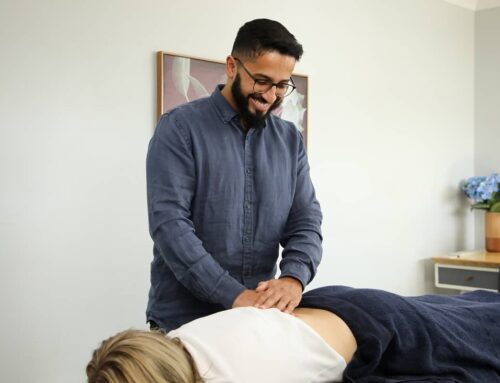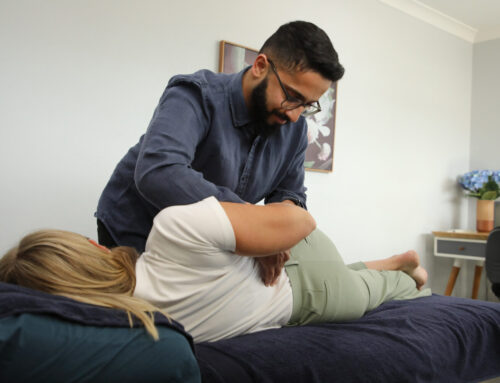Stretching is a vital component of musculoskeletal health, helping to maintain flexibility, improve mobility, reduce muscle tension, and prevent injury. However, a common question we hear in the clinic is: “When is the best time to stretch?” The answer depends on your goals, whether you’re warming up for activity, recovering post-exercise, or addressing stiffness and pain.
1. Before Exercise: Dynamic Stretching for Performance

- Prepares the muscles and nervous system for activity
- Increases blood flow and muscle temperature
- Enhances coordination and reduces injury risk
Static stretching (holding a stretch for 20-30 seconds) before intense activity may actually reduce strength and power output in some cases. Therefore, it is generally avoided in pre-workout routines for athletes or gym-goers.
2. After Exercise: Static Stretching for Recovery
Post-exercise is an ideal time for static stretching, as muscles are warm and more pliable. This can help:
- Improve long-term flexibility
- Reduce muscle tightness and post-exercise soreness
- Promote relaxation and recovery
Focus on the muscle groups that were most engaged during your activity. For example, after running, stretch the calves, hamstrings, quads, and hip flexors.
 3. First Thing in the Morning: Gentle Movement to Reduce Stiffness
3. First Thing in the Morning: Gentle Movement to Reduce Stiffness
Many people wake up with stiffness, especially in the lower back, hips, and neck. Gentle stretching in the morning can help rehydrate the fascia (connective tissue), improve circulation, and loosen tight muscles after a night of immobility. Start with light, low-impact movements like:
- Cat-cow stretches
- Knee-to-chest stretch
- Standing side bends or spinal rotations
Be cautious not to overdo it, muscles are cooler in the morning and more prone to strain.
4. Throughout the Day: Combat Prolonged Sitting
If you have a sedentary job or spend long hours sitting, incorporating stretching breaks every 60-90 minutes can help prevent stiffness and musculoskeletal imbalances. Key areas to target include:
- Hip flexors
- Neck and shoulders
- Lower back
- Hamstrings
We often recommend desk-based stretches or standing mobility drills to help reset posture and reduce cumulative strain. We have included our top 3 stretches for those that sit at a desk all day here.
5. Evening: Stretching for Relaxation and Sleep
Stretching in the evening can also be a part of a wind-down routine. Gentle static stretching paired with deep breathing can activate the parasympathetic nervous system, helping to calm the body and mind, reduce stress, and improve sleep quality.
Final Takeaway!
There’s no single “best” time to stretch, it depends on your goals. Stretch dynamically before activity, statically after exercise, and incorporate gentle daily movement to stay mobile. If you’re dealing with chronic tightness, pain, or restricted range of motion, we can assess and guide you with tailored stretching and mobility strategies to support your overall musculoskeletal health.
If you have any questions, please feel free to email me directly: ammar@pakenhamosteopathy.com.au



